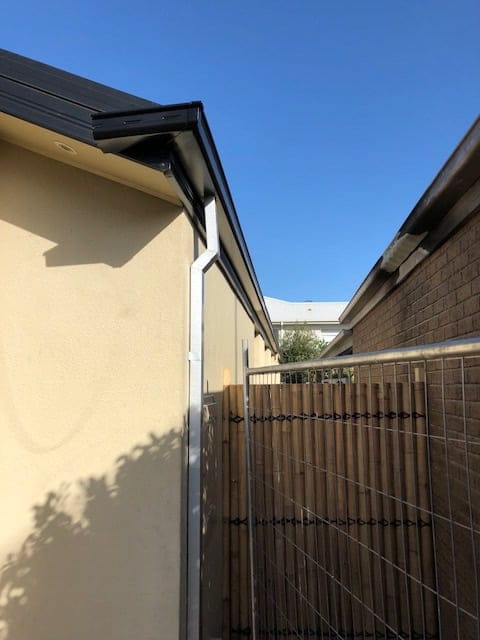How does a down pipe begin to rust

1. Exposure to moisture: Downpipes are constantly exposed to rainwater and moisture, which can cause the protective coating on the metal to wear away over time. If the downpipe is not properly sealed or maintained, water can penetrate the surface and come into contact with the metal, leading to rust formation.
2. Poor drainage: If the downpipe is clogged or blocked, water may accumulate in the pipe, creating a damp environment that promotes rust. Debris, leaves, or dirt can also trap moisture against the metal surface, accelerating corrosion.
3. Physical damage: Damage to the downpipe, such as dents, scratches, or cracks, can compromise the protective coating and expose the metal to the elements. This makes it more vulnerable to rust, especially in areas where the protective coating has been breached.
4. Harsh weather conditions: Exposure to extreme weather conditions, such as heavy rain, snow, or prolonged sunlight, can accelerate the breakdown of the protective coating on the downpipe material, making it more susceptible to rust.
To prevent rust in a downpipe, regular inspection and maintenance are essential. Keep the downpipe clean and clear of debris, repair any damage promptly, and consider using rust-resistant materials such as aluminum or PVC for the downpipe. Applying a protective coating or paint to the downpipe can also help prevent rust formation and extend its lifespan.